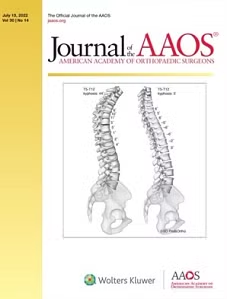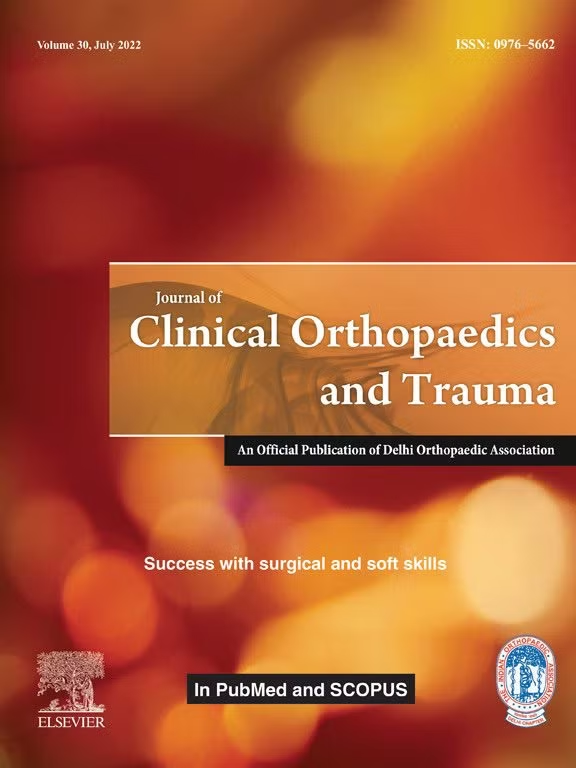
You might not notice a spine condition if you’re lucky. But as you age, you should always pay attention if you feel something is wrong.
Don’t wait if you can’t hold your pee or poop, or if your arms or legs feel weak or numb. If you’ve had cancer or if your pain doesn’t go away, hurts at night, or gets worse, see a doctor immediately.
Do you like being able to stand or sit upright? From your seat to your neck, your spine is a stack of bones called vertebrae. The upper body, head, and shoulders are supported by it. Besides protecting your spinal cord, your spine makes a tunnel. Your brain connects to most of your body with a set of nerves delicately going through that tunnel.
Spine health goes hand in hand with back-muscle health. To keep your spine supported, it’s good to embark on routine back exercises.
Hopefully you will never need to seek out a minimally invasive spine surgery doctor. Nonetheless, it’s good to be on the lookout for anything unusual or abnormal in your spine as you get older.
Osteoarthritis: Most Common Form of Arthritis
Each vertebra has slippery tissue at the end that lets it flex without friction. The vertebrae rub against each other when the cartilage gets rough or wears down, so your back can hurt. Osteoarthritis in women’s backs tends to get worse over time, and it’s more common there than in men. Although there’s no way to reverse it, symptoms can be eased with painkillers, therapy, and exercise.
Syringomyelia: Fluid-Filled Cyst on the Spinal Cord
The spinal cord can sometimes develop a cyst with a fluid-filled sac. This can happen if brain tissue pushes down from your skull into your spinal cord, or if you get an injury or have a tumor. You might not have any problems with syringomyelia. In the long run, though, you might need surgery if the cyst keeps growing.
Spinal Stenosis: Narrowing of Spaces in the Spine
You have spaces in your spine for your spinal cord and nerves, and those nerves can be pressed against bone when those spaces shrink. If your nerves are messed up, it can cause pain, tingling, or numbness, or your muscles could feel weak. Spinal stenosis is usually caused by osteoarthritis. In severe cases, a surgeon operates to make more room for the nerves.
Cervical Spondylosis: Age-Related Wear and Tear in the Neck
Your neck slowly breaks down as you get older. It’s possible to get a slipped disk there, or the vertebrae can sprout extra bone called spurs. There can be stiffness and tightness in the ligaments connecting the vertebrae. You might feel pain or find it hard to move your neck, no matter what the cause is. Nerves and nerve roots could be permanently damaged if disks or vertebrae squeeze them often.
Sciatica: Pain in the Sciatic Nerve
There’s a good chance your sciatic nerve is to blame if you’re experiencing lower back pain, bottom pain, and leg pain. It can be put under pressure by a herniated disk, bone spur, or something else. It’s called sciatica. There’s usually only one side of your body that’s affected. You can feel better with hot packs, cold packs, stretching, and painkillers, but in some cases you may need a minimally invasive spine surgeon to fix the problem.
Slipped Disk: Herniated Disk (Usually in the Lower Back)
Each vertebrae is cushioned by a disk so they don’t rub against each other. Age dries out your disks. You can tear or break a disk if you put too much stress on your back. This is called a herniated disk. You might not notice. But you may feel numb or tingly in your arms or legs. Painkillers and exercise usually help, but if they don’t, you may need surgery.
Scoliosis: Sideways Curvature of the Spine
Your spine can get twisted out of shape if you have scoliosis. A child can get it during the growth spurt before puberty, which bends the spine sideways. Your child might have uneven shoulders, or one shoulder blade might stick out more than the other if they have scoliosis. It’s not clear what causes it. However, it’s possible for scoliosis to get worse and cause problems. Oftentimes, though, a brace can prevent that.
Kyphosis: Forward Rounding of the Upper Back
Your spine bends forward because of this condition. It’s usually caused by cracks in the vertebrae. It’s more common in older women, but it can also affect kids whose spines don’t develop correctly. Sometimes your whole body can be bent out of shape, causing pain and other problems. You might need painkillers, exercise, or surgery depending on how curved your spine is.
Ankylosing Spondylitis: Reduced Spine Flexibility
The first sign of this kind of arthritis is stiffness and soreness in the mornings. Your spine, joints, and organs can be affected over time. It’s possible for your rib cage and vertebrae to fuse, leaving you hunched over. It’s more common in young men, and it may “run in the family.” Medication and exercise help slow the progress.
Spinal Cord Injury: Damage Along the Spinal Canal
Injuries are usually caused by accidents, such as a bad fall, car crash, sports mishap, or even gunshot wounds. Spinal cords are usually bruised or cut off from blood supply. An injury can stop your brain from controlling part of your body. You’re usually more affected the higher up your spine the injury occurs, and the severity of your injury determines your chances of getting better.
Broken Neck or Back: Fracture in Cervical, Thoracic, or Lumbar Areas
It’s possible to break a bone in an accident or injury. Breaking one of your top seven vertebrae, just below your skull, is a broken neck; and breaking your back is a broken back. Age-related bone loss can make your back weak, too, causing a slow break. A back brace or surgery might help. Unfortunately, spinal cord injuries are also possible from broken vertebrae.
Spondylolisthesis: Slipping of a Vertebra
It’s possible for vertebrae to slide sideways so they don’t line up with each other. Back pain is caused by spondylolisthesis. As you age, this happens. However, it can also affect young people who play sports that tend to stress the lower back, such as football, gymnastics, and weightlifting. Plenty of rest usually helps. Surgery may be needed if the pain persists.
Cauda Equina Syndrome: Nerve Root Dysfunction
Your brain controls your legs and pelvic organs with the nerves that branch out from your spine. This rare but dangerous ailment is caused by pressure on the cauda equina nerves by herniated disks, fractures, or other things. To restore your bladder and bowel control, you need surgery right away.
Tumor: Cancerous vs. Non-Cancerous
There are times when cancer spreads from the spot where it starts. Lung, breast, prostate, and bone cancers are more likely to spread there. There are also some non-cancer conditions that can cause spine tumors. Pain might spread through your body from your back. There might be numbness or weakness in your arms or legs. You could even be paralyzed if it is very serious and nothing is done about it. You might need surgery, radiation, or chemotherapy.
Get a Spine Surgeon’s Help if You Need It
Awake Spinal Fusion is here to help answer all your questions about your spine. We are proud to have the best minimally invasive spine doctors in the industry.






